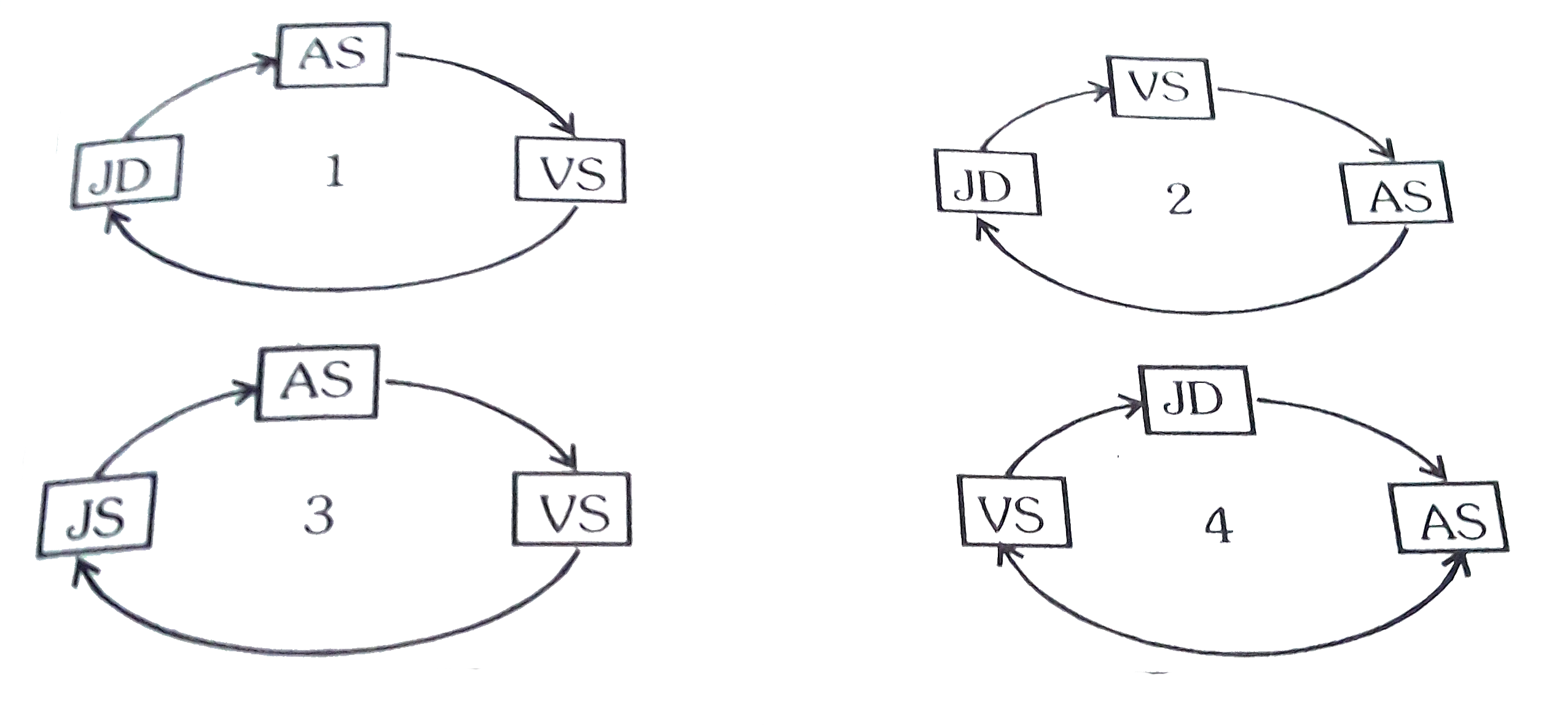Which is incorrect representation of the dithionate ion structure?


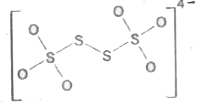

The correct Answer is:A, C, D
To determine the incorrect representation of the dithionate ion structure, we will analyze the structures provided and the characteristics of the dithionate ion (S2O6^2−).
Step 1: Understanding the Dithionate Ion
The dithionate ion has the formula S2O6^2−. It consists of two sulfur atoms and six oxygen atoms. The oxidation state of sulfur in this ion can be calculated to understand the bonding.
Step 2: Calculating the Oxidation State of Sulfur
To find the oxidation state of sulfur in the dithionate ion:
- Let the oxidation state of sulfur be x.
- The total charge of the ion is -2.
- The equation can be set up as follows:
2x+6(−2)=−2
Simplifying this gives:
2x−12=−2⟹2x=10⟹x=+5
Thus, each sulfur atom has an oxidation state of +5.
Step 3: Identifying the Bonding
Given that the oxidation state of sulfur is +5, we can infer the types of bonds present:
- Sulfur can form S-O single bonds and S=O double bonds.
- The presence of S-S bonds is typically associated with lower oxidation states of sulfur. Since +5 is less than the maximum oxidation state of +6, we can expect S-S bonds to be present in some structures.
Step 4: Analyzing the Provided Structures
Now we will examine the provided structures to identify which one is incorrect:
1. Structure A: Contains an S-S bond. This is plausible since sulfur is in the +5 oxidation state.
2. Structure B: Also contains an S-S bond. This is acceptable for the same reason.
3. Structure C: Contains an S=O bond and an S-S bond. This is a valid representation.
4. Structure D: Contains an S-O bond but incorrectly represents the bonding or oxidation states.
Step 5: Conclusion
Based on the analysis, the incorrect representation of the dithionate ion structure is Structure A and Structure B as they incorrectly depict the bonding and oxidation states of sulfur.
Final Answer
The incorrect representations of the dithionate ion structure are Structure A and Structure B.
---
The dithionate ion has the formula S2O6^2−. It consists of two sulfur atoms and six oxygen atoms. The oxidation state of sulfur in this ion can be calculated to understand the bonding.
To find the oxidation state of sulfur in the dithionate ion:
- Let the oxidation state of sulfur be x.
- The total charge of the ion is -2.
- The equation can be set up as follows:
2x+6(−2)=−2
Simplifying this gives:
2x−12=−2⟹2x=10⟹x=+5
Thus, each sulfur atom has an oxidation state of +5.
Given that the oxidation state of sulfur is +5, we can infer the types of bonds present:
- Sulfur can form S-O single bonds and S=O double bonds.
- The presence of S-S bonds is typically associated with lower oxidation states of sulfur. Since +5 is less than the maximum oxidation state of +6, we can expect S-S bonds to be present in some structures.
Now we will examine the provided structures to identify which one is incorrect:
1. Structure A: Contains an S-S bond. This is plausible since sulfur is in the +5 oxidation state.
2. Structure B: Also contains an S-S bond. This is acceptable for the same reason.
3. Structure C: Contains an S=O bond and an S-S bond. This is a valid representation.
4. Structure D: Contains an S-O bond but incorrectly represents the bonding or oxidation states.
Based on the analysis, the incorrect representation of the dithionate ion structure is Structure A and Structure B as they incorrectly depict the bonding and oxidation states of sulfur.
The incorrect representations of the dithionate ion structure are Structure A and Structure B.
Similar Questions
Knowledge Check
The correct structure representation of carboxylate ion is
A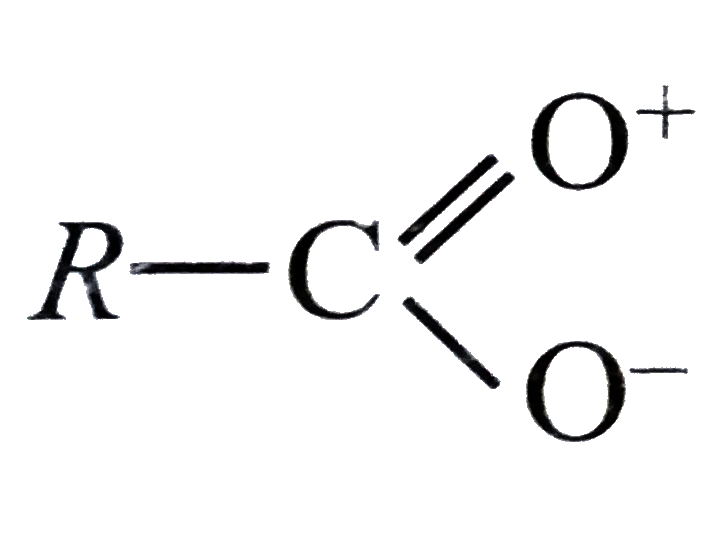 B
B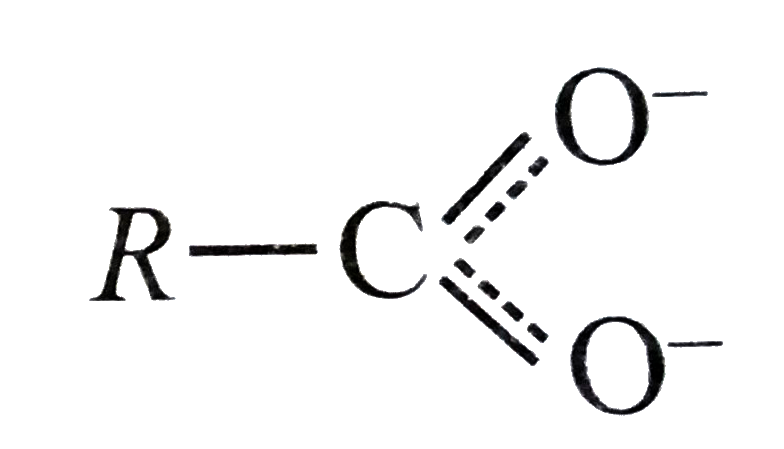 C
C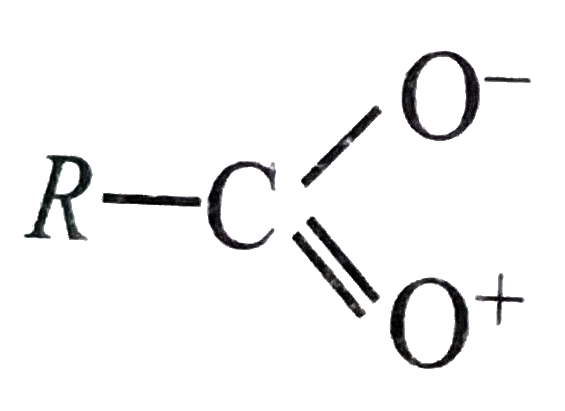 D
D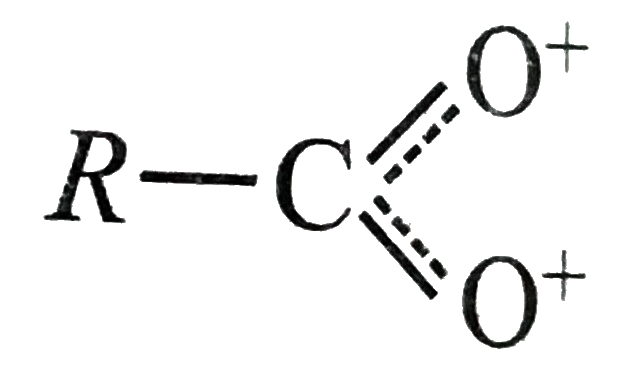
Which of the following is the best representation of the structure of the carboxylate ion ?
A B
B C
C DNone of these
DNone of theseWhich of the following is not a representation of the contents of the passage ?
ALife should comprise daily regular victories over the 'demons'.BNobody really desires to fail and go through the ugly feelings.CFailing is nothing more than a lesson for the next and greater battle.DFailure shatters and destroys a person.
Which of the following representation of the complex ion is correct according to IUPAC?
View SolutionWhich of the following represents incorrect representation of defect in crystals?
View SolutionWhich of the following is correct representation for Allene compound?
View SolutionThe most unlikely representation of resonance structures of p-nitrophenoxide ion is :
View SolutionThe most unlikely representation of resonance structures of p-nitrophenoxide ion is :
View Solution

